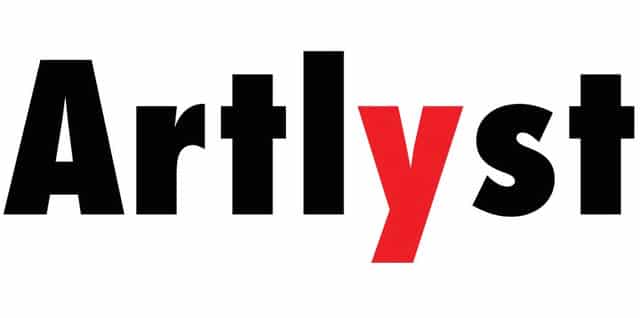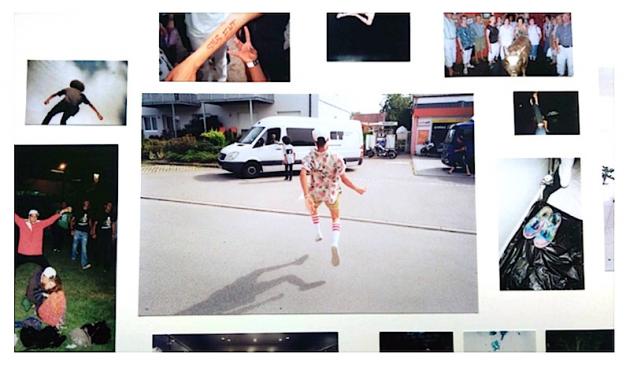The two summer shows at the Photographers’ Gallery are of differing styles and subject matter, but unexpectedly complementary in terms their improvisational, ‘live’ dynamic. A deeply felt retrospective of Shirley Baker’s social documentary work from 1960’s Salford, jars and jostles with the large survey of approaches to music photography ‘We Want More’. It’s a clever move to try gain Baker overdue exposure by programming her exhibition alongside one of the gallery’s most commercial and, potentially, popular shows.
Shirley Baker’s retrospective, ‘Women, Children and Loitering Men’ does what is says on the tin with the working-class residents of Salford and inner-city Manchester during the Urban Clearance programmes of the 1960’s, through the 1980’s. Baker saw these programmes as leading to the needless destruction of working-class communities around the area, and was committed to both documenting their plight, and capturing their charm as their displacement ensued.
By focussing on mostly women and children, children in particular, with only the occasional glimpse of a man, Baker was able to engage with the cast of characters that gave these streets their soul and played out its narratives, to the backdrop of a crumbling and dilapidated landscape. Deeply humane, many of the images featuring children are a careful interplay between capturing their natural state and the ways in which they perform for the camera, as ‘social actors’. By capturing the dialectic between acting and being, within a landscape resembling that of the war-torn, Baker manages to mirror the struggle her subjects must have felt between fighting the system uprooting them, and feeling resigned to its eventual crush.
Other images feature choice graffiti era-specific, often humorous like the street work, both in colour and the predominant black and white. Baker received little attention when working this project; a glaring omission from the history of British photography this exhibition goes some way to help redress. The graffiti images are indeed the most ‘British’ of the work on display, with much of the other work recalling the work of both American and European social documentary work, Helen Levitt and Robert Doisneau in particlular. Her work does bring to mind the work of Tony Ray-Jones in terms of the surrealist, staged feel to some of the scenes Baker captured, but also the work of Tom Wood, in terms of how connected the image maker is with her subjects. What one takes away from the experience of this show is the feeling of being alive to the moment, both as photographer and subject, and how using photography to communicate human resilience is still relevant, despite how often we are now told this kind of work is pointless and a lie.
Equally engaged with the moment is the work of some of the photographers of both musicians and their fans in the large group show ‘We Want More’ . Arranged over two floors, one for the musicians and one for the fans, this exhibited work is comprised of the different sets of strategies deployed by photographers to convey the essence of these much documented, but often elusive groups.
The ‘Musicians’ section of the show strikes a good balance interrogating the notion of a performer’s manufactured identity, a process in which some of the participants are complicit, by engaging with the relationship between and photographer and subject, and musician and the media at large.
Jason Evans, who made publicity shots with Radiohead between 2001 and 2008, shows some of the contact sheets from shoots in which the band and photographer were clearly experimenting with the image they put out, and that was then readily devoured by media outlets. Honest and illuminating.
Noted South African photographer Roger Ballen, famed for his stark monochrome portraits of misfits and outsiders set up against stark granite backdrops, is included for his work with band Die Antwood, directing the video ‘I think u Freeky’. A book was published with related images, some of which are on display. Here, a band eager to court highly marketable outsider status, have co-opted (and commodified) a specific aesthetic in order to do so.
Ryan Enn Hughes was invited by the directors of a Katy Perry music video to make gifs of the superstar in provocative disguises, that could then be disseminated amongst the songstresses’ core tween demographic on social media, integrating new technologies as part of the marketing push. They are fun for sure, but as part of the machine as anything else.
A much more effective and less tarnished approach can be seen in the work of Dan Hilton. On show are images from a personal project WIlton has been conducting with LA band ‘The Bots’, shot over ten days on tour across Europe. Wilton catches the excitement and joy of a band on the cusp of fame, living the mythic life on the road. The Bots are rockin’ out, but are also slightly bemused it seems, perhaps aware of the highly mediated narrative they are both experiencing and helping to disseminate. Wilton engages with both sides of this story freed from commercial imperative.
See Top Photo
Equally effective is the clever work Daniel Cohen, who shot a series of portraits of performers backstage after their last song and before their encore. What is a moment of high emotion for the audience, is merely a pause on the job performers. A glimpse behind the mask.
I found the ‘Fans’ section less engaging. It would have been good to see work explore the impossibility of any kind of genuine subculture in an age where every potentially subversive community of interest is instantly instagrammed to oblivion, or how they exist now in ways I’m too old to be allowed to know, and, unfortunately, some of the tread some well trodden cliches of the wondrous ‘diversity’ of the music fan.
The strongest work comes from Ewan Spencer’s documenting of the UK garage scene in the 90’s (one the last true musical subcultures) partly as part of a personal project and partly on commision for magazines like The Face. Those attending the parties in which fans of this music convened often took great care in their appearance, and Spencer immerses the viewer in their steamy transcendence.
These shows are an altogether invigorating couple of hours spent, and definitely worth the admission charge the gallery only rarely asks for during its yearly programme.
Words/Photo: Kerim Aytac © artlyst 2015
SHIRLEY BAKER-WE WANT MORE, until 20 Sep 2015 @ The Photographers’ Gallery


